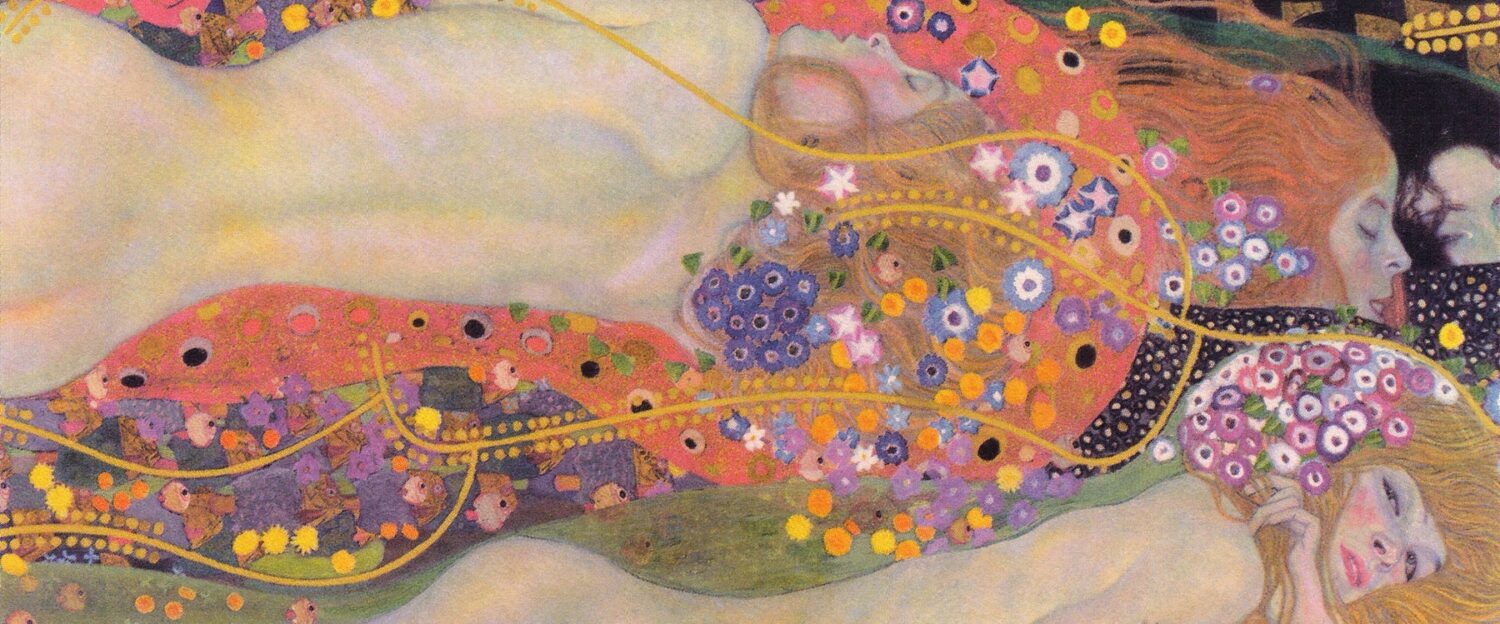Artemesia Gentileschi is a recently rediscovered Italian Baroque artist. In our Arting pursuits, Ruth and I used her work quite often. Because we loved it and because there are so few female artists from that time period, at least that we are aware of.
We kicked off our interest in her work with this direct comparison between her Judith beheading Holofernes with Caravaggio’s version. As a reminder of the story, Holofornes is an Assyrian General who plans to destroy Bethulia, Judith’s home. He desires Judith, a beautiful widow, and lets her in his tent. He gets drunk, passes out and Judith beheads him.
Both paintings display the moment of the beheading and are technically excellent and exquisite, if bloody and gross.
Yet, while they portray the same subject and the same gore, they are profoundly different paintings. Because Judith is displayed quite distinctly in each.
Caravaggio’s displays a women through a man’s eyes of his times. His Judith seems timid and hesitant in her action. She is painted in white, as if she retains an innocence even in the act of murder. This innocence is emphasized in how the murder is carried out. She holds the sword but does not touch Holofernes. Her handmaid is there as a support person, a servant, who stands to side, a witness but not accomplice to the act.
Gentileschi’s Judith is powerful, and takes full agency for her actions. There is no timidity or doubt. Her servant is not a witness but clearly a friend and an equal who helps with the deed with equal relish and agency. They are women protecting their homeland. They get physically involved in the act. Both women hold him in down, while Judith holds the sword. This feels like a much more accurate portrayal of how such a deed would need to be done.

Gentileschi then paints the two women after the death. Although their status difference is displayed in their clothes, their relationship is clearly displayed in the closeness of their bodies, the intensity of their looks.
In the Caravaggio-Gentileschi comparison, we see several of the themes that got us so excited about Arting.
Lenses
Different artists, painting in the same time, see the scene through very different lenses – in this case, that of gender. We see those lenses in the relationship between the women and the character of women. Those paintings demonstrate very different phsyical and emotional realities.
Connection
The different paintings and perspectives allow for different types of connection with the painting and the painting’s story. No surprise, I connect more directly with Gentileschi’s women. I also found it more violent and more gory, which resonates with my sense of how women can find their strength when threatened. Gentileschi’s depiction shows the deeper connections among all the parties involved. I would suggest that it is the relationship between the women that allows them to release those violent emotions that society tends to surpress in women. As a result, it sparks a stronger emotional reaction in me than Caravaggio’s version.
Exploring and integrating our multiple selves
Each painter, based on their own assumptions and perspective, choose to center certain emotions – hesitancy and timidity in Caravaggio and ferocity and determination in Gentileschi. Speaking as a human, I have to imagine all of those feelings are actually true and in play when committing such a horrific act (no matter if protagonist fervently believes the ends justify the means). One would need hesitancy and ferocity and mutual trust to get through this. And even if one painting speaks to me more, there are truths in both.
What are your thoughts on of all of this? What similarities and differences do you see when you see these paintings side by side?
Thanks for stopping by.
Discover more from Arting: Art As Conversation
Subscribe to get the latest posts sent to your email.

